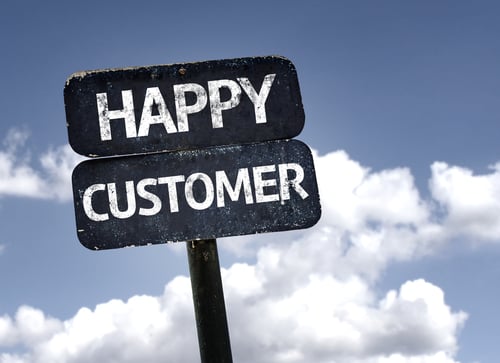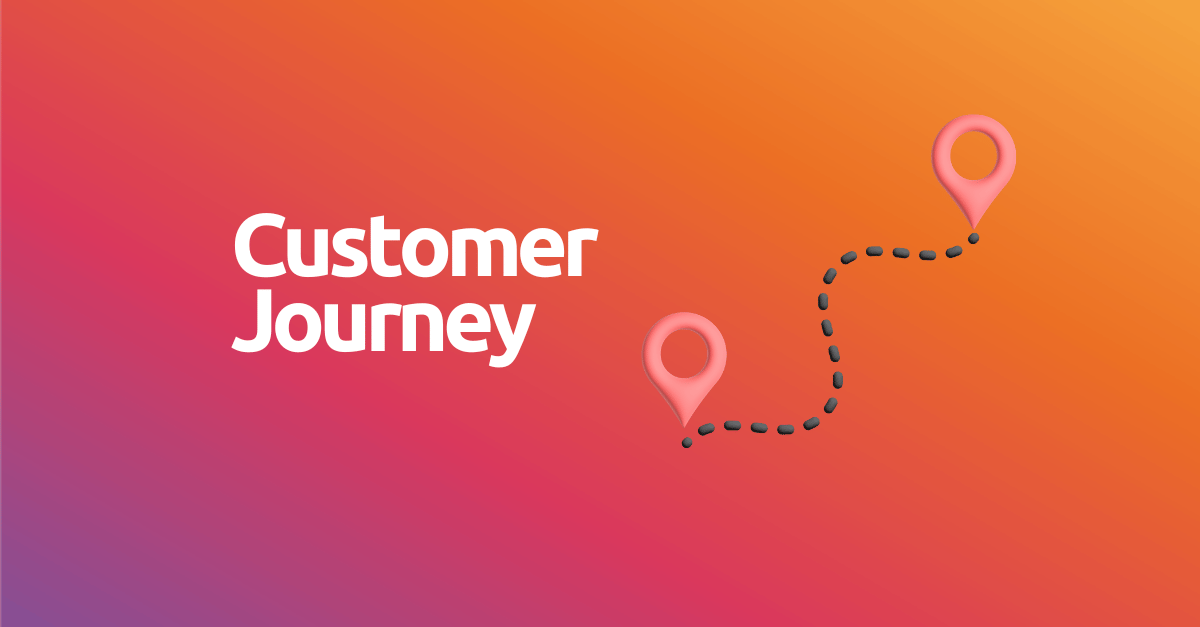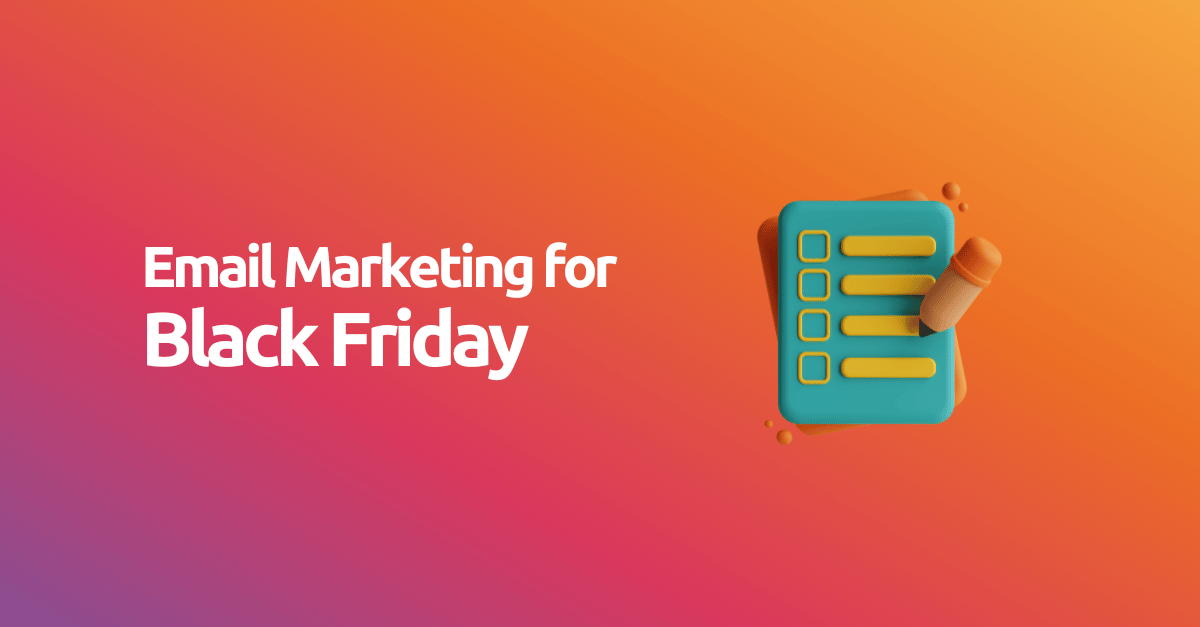Ever wondered how to turn a simple subscriber into a loyal customer and brand advocate? Picture an email marketing funnel as an exciting journey: you start by capturing attention, then build a relationship, and finally turn that interest into action. But the journey doesn’t end there; the real magic happens when you retain your customers, transforming them into passionate ambassadors for your brand.
What is an Email Marketing Funnel and Why is it Important?
An email marketing funnel is an automated strategy that guides subscribers through various stages, from signing up to becoming loyal customers. Imagine a literal funnel: at the top (the widest point), we capture leads, and as they move through, we filter and guide them towards making a purchase, turning interest into action.
This process is essential for nurturing your relationship with leads and optimising each conversion opportunity. Why is it so important? Simple: not all leads are ready to buy from the get-go! You need to build trust and guide your subscribers step-by-step by offering valuable content at every stage.
Without a well-defined funnel, your subscribers risk feeling lost, overwhelmed by irrelevant messages, or worst of all, they may unsubscribe. A well-structured funnel allows you to deliver the right content at the right time, increasing the likelihood of conversion. It also helps you segment leads based on their behaviour and interests, allowing for more personalised and effective campaigns.
What are the Stages of an Email Marketing Funnel?
To better understand this process, let’s break down the three essential phases of an email marketing funnel:
- Top of the Funnel (TOFU) – Lead Generation
This is where you attract users with an irresistible lead magnet, like a free ebook, a discount, or an exclusive webinar. Your goal is simple: get them to subscribe! An optimised form and the right incentive can work wonders. The key is offering something valuable in exchange for their email address. - Middle of the Funnel (MOFU) – Lead Nurturing
At this stage, your subscribers are on your list, but they still need to know more about you and your product or service. Enter nurturing emails—designed to educate, solve problems, and maintain interest. You should send useful, dynamic content, like videos, to keep them engaged. - Bottom of the Funnel (BOFU) – Conversion
Here’s where the magic happens. Your subscribers are ready to make a decision, and your task is to make that step easy. Conversion emails should have a clear and compelling call-to-action, like a special offer or a limited-time discount. Your goal in this phase is to turn interest into a purchase. -
Loyalty – Customer Retention and Engagement
This is where the real value of a customer multiplies! The funnel doesn’t end with a sale; in fact, one of the biggest mistakes is forgetting about customers once they’ve converted. The loyalty stage is designed to retain your customers, keeping them engaged with your brand for the long term.
Step 1: Lead Generation – How to Attract Qualified Subscribers
The first step of the email marketing funnel is crucial: attracting quality leads. If your funnel starts with uninterested or irrelevant leads, the rest of the process is futile. Lead capture involves convincing visitors on your website, social media, or any other channel to provide their email addresses in exchange for something valuable.

What is a Qualified Lead?
A qualified lead is a potential customer who has already shown genuine interest in your product or service. Unlike a generic lead, a qualified lead has given signals that they might become a customer, like interacting with your content, downloading a free resource, or completing a form. This type of lead is more likely to progress through your funnel and convert into a customer.
Strategies to Attract Qualified Leads
Here are some effective strategies to capture qualified leads who are ready to enter your email marketing funnel:
1. Lead Magnets: Offer Something of Value in Exchange
A lead magnet is a free offer you provide in exchange for your visitor's email address. This offer should be irresistible and relevant to your audience. Some popular examples include:
- Free Ebooks or Guides: These dive deep into a topic your audience is interested in.
- Webinars: A great way to educate your audience about a specific problem your product or service can solve.
- Downloadable Templates or Tools: Practical resources that make their job easier or save time.
- Exclusive Discounts: Ideal for e-commerce, coupons are a great way to convert visitors into customers.
2. Optimised Subscription Forms
Subscription forms are essential for turning traffic into leads. However, they must be well-optimised to maximise conversions. Key points include:
- Strategic Placement: Position forms in highly visible areas, such as the top of your homepage, the footer, or within blog posts.
- Simplicity: Ask only for essential information (name and email). The fewer fields, the better.
- Clear Call-to-Action (CTA): Use buttons with compelling messages like "Download Your Guide Now" or "Get Your Discount," instead of just "Subscribe."
3. Dedicated Landing Pages for Lead Capture
Landing pages are extremely effective for capturing qualified leads. These pages are focused solely on one goal: obtaining your visitor's email address. Key features of a good landing page include:
- Eye-catching Headline: It should grab attention instantly and convey the value of your offer.
- Concise Content: Clearly explain the benefit the visitor will receive in exchange for their details. Including a video on the landing page can boost engagement.
- Simple Form: Again, less is more. Only ask for essential information.
- Visual Elements: Use images or videos that reinforce the offer and keep the visitor interested.
4. Smart Pop-ups and Banners
Smart pop-ups and banners can be highly effective when used correctly. While some may find them intrusive, the right approach can maximise conversions without frustrating your users.
- Timed Pop-up: A pop-up that appears after a few seconds of browsing helps capture attention once the visitor is already engaged with the content.
- Exit-Intent Pop-up: Appears just before the visitor is about to leave the page, offering one last incentive to subscribe.
- Subscription Banners: Fixed at the top or bottom of the page, they act as a constant reminder to sign up.
5. Mobile Optimisation
Today, a large portion of web traffic comes from mobile devices, so it's crucial that your lead capture strategy is fully mobile-optimised. Ensure that:
- Your forms are easy to fill out on small screens.
- Landing pages load quickly and are responsive.
- Pop-ups do not disrupt mobile browsing in a frustrating way.
Step 2: Lead Nurturing – The Key to Building Relationships
Once you’ve captured leads, the work doesn’t stop there. The next crucial step in your email marketing funnel is lead nurturing. Most people aren’t ready to buy straight away, so it’s essential to build a strong relationship through a series of emails that provide value, solve problems, and keep subscribers engaged.
The goal of lead nurturing is to guide your prospects toward a buying decision, building trust and authority along the way. The better your leads are nurtured, the more likely they are to convert into customers.
What is Lead Nurturing?
Lead nurturing is the process of educating, engaging, and building relationships with your subscribers through a series of automated emails. These emails are personalised based on each lead’s interests and behaviours, creating a more relevant and effective experience.
Rather than simply sending sales offers, the goal here is to deliver valuable content that addresses your leads' questions, meets their needs, and ultimately guides them towards conversion. This stage is crucial in the email marketing funnel as it strengthens the relationship between your brand and potential customers.
Did you know that you can now embed videos in your emails, which automatically play when the recipient opens the email?
Learn how to do this easily with our step-by-step tutorial about sending videos via email.
Effective Lead Nurturing Strategies
To ensure your lead nurturing strategy is effective and helps convert leads into customers, it's crucial to implement smart tactics. Here are some of the most effective ones:
1. List Segmentation: Send the Right Message to the Right Contact
Segmentation is key to successful lead nurturing. Not all of your subscribers are interested in the same things, so by dividing your list into segments, you can personalise messages and offer relevant content to each group. You can segment your leads based on:
- Specific interests (products or services they have shown interest in).
- Browsing behaviour on your website (pages visited, links clicked).
- Interaction level with your emails (who opens, clicks, or engages the most).
- Stage in the sales funnel (cold leads, warm leads).
2. Email Automation: Create Sequences to Guide the Lead
Automation is essential for keeping your lead nurturing running without constant manual effort. You can set up automatic email sequences triggered by specific behaviours or events, such as:
- Welcome to new subscribers: A welcome email is the perfect opportunity to make a great first impression. Be sure to thank the new subscriber and provide useful or exclusive content to make them feel their subscription was worthwhile.
- Educational emails: Provide content that helps your leads better understand your product, service, or industry.
- Reminders and follow-ups: If a lead shows interest in a product but doesn’t make a purchase, send reminders with more information, testimonials, or incentives.
3. Valuable Content: Educate and Solve Problems
To keep your leads engaged, your emails should provide real value. It's not just about bombarding them with promotions, but educating them and showing how your product or service can solve their problems. Examples of valuable content include:
- Detailed guides: Step-by-step instructions on how to use a product or service.
- Case studies: Demonstrating how others have succeeded using your solution.
- Tutorial videos: Highly effective as they allow leads to clearly see the benefits.
4. Personalised Emails: Make Your Leads Feel Special
Personalisation goes beyond simply using the lead’s name in the email greeting. It's about tailoring the email content to the specific needs and interests of each subscriber. By analysing your leads’ behaviour (such as products they’ve viewed, emails they've opened, or pages they’ve visited), you can create messages that truly resonate with them.
Effective personalisation examples include:
- Personalised recommendations: Products or services based on their behaviour.
- Emails based on previous interactions: If a lead has shown interest in a product category, send related content to that topic.
5. A/B Testing: Optimise Your Emails
To continuously improve your email marketing strategy, it's important to run A/B tests on your emails. This involves testing different versions of the same email to see which one delivers better results. Elements you can test include:
- Email subject line: Experiment with different styles of headlines (curious, direct, urgent).
- Design and layout: Try variations in design, use of images, or CTA placement.
- Call to action (CTA): Test different types of buttons or CTA texts to see which generates more clicks.
Step 3: Conversion – How to Turn Leads into Customers
After capturing and nurturing your leads, the next critical step in your email marketing funnel is conversion. This is the moment where you turn interested prospects into paying customers. To achieve this, you need to apply specific strategies that maximise the effectiveness of your emails and turn interest into action.
What is Conversion in Email Marketing?
Conversion in email marketing refers to persuading a lead to take a desired action, such as making a purchase, registering for an event, or completing a form. At this stage of the funnel, the goal is to use persuasive techniques and well-designed tactics to help your leads take the next step and become customers.
Strategies to Maximize Lead Conversion
To convert your leads into customers, you need to implement effective tactics that drive action. Here are some key strategies for turning leads into customers:
1. Irresistible Offers: Present Clear Value Propositions
Irresistible offers are crucial to persuade leads to take action. Ensure your emails present clear and attractive value propositions. Some ideas for offers include:
- Exclusive discounts: Offer special discounts for first-time buyers or on specific products.
- Free trials or demos: Allow your leads to try your product or service without any commitment.
- Bundles or packages: Provide combinations of products at a reduced price to increase perceived value.
2. Effective Calls-to-Action (CTAs): Simplify the Conversion Path
Calls-to-action (CTAs) are essential elements in your emails. They need to be clear, visible, and motivating. Tips for creating effective CTAs include:
- Compelling text: Use action-driven language like “Buy now,” “Claim your discount,” or “Request a demo.”
- Eye-catching buttons: Ensure the buttons are large and in contrasting colours to grab attention.
- Strategic placement: Position your CTAs prominently within the email, making them easy to find.
3. Abandoned Cart Emails: Recover Lost Opportunities
Abandoned cart emails are a powerful tool for recovering lost sales. When a lead adds products to their cart but doesn't complete the purchase, send a reminder email that could include:
- Cart summary: Show the products they left in their cart to remind them of their interest.
- Additional incentives: Offer a discount or free shipping to motivate the purchase.
- Urgency and scarcity: Use messages indicating that stock is limited or that the offer is about to expire.
4. Testimonials and Social Proof: Build Trust
Including testimonials and social proof in your emails can increase leads' confidence in your product or service. Ways to incorporate social proof include:
- Customer reviews: Share positive feedback and testimonials from satisfied customers.
- Case studies: Highlight how your product or service has benefitted other customers.
- Certifications and awards: Showcase any recognition or certification to reinforce the credibility of your offer.
5. Advanced Segmentation: Send Personalised Messages
Advanced segmentation allows you to send highly personalised emails that cater to the specific needs and behaviours of your leads. You can segment your messages based on:
- Purchase history: Send offers related to products they’ve previously bought.
- Specific interests: Tailor emails based on categories or products they’ve explored.
- Site behaviour: Adapt your messages based on how they’ve interacted with your website.
Steps 4 and 5: Loyalty and Retention – How to Retain Your Customers
Customer loyalty and retention are the final yet crucial stages of your email marketing funnel. Once you’ve turned a lead into a customer, the job isn’t done. In fact, keeping your customers engaged and satisfied can be even more important than attracting new leads. Loyal customers not only buy more, but they also become ambassadors for your brand.
What is Customer Loyalty and Retention?
Loyalty refers to the strategies you use to keep customers engaged with your brand after their first purchase. Retention means keeping those customers active and satisfied over time. Both practices are designed to maximise the value of each customer and foster a long-term relationship.

Effective Strategies for Customer Loyalty and Retention
To ensure your customers stay loyal and continue purchasing, consider implementing the following strategies:
1. Thank You and Follow-Up Emails: Strengthen the Post-Purchase Relationship
After a customer makes a purchase, it’s essential to send thank you emails. These messages not only express gratitude but can also include:
- Purchase confirmation: Provide a summary of their purchase and order details.
- Usage instructions: Offer guidance on how to use the product or service effectively.
- Satisfaction surveys: Request feedback to gauge the customer’s experience.
2. Loyalty and Rewards Programmes: Encourage Repeat Purchases
Loyalty programmes are a great way to motivate customers to return. Examples include:
- Loyalty points: Reward customers with points for each purchase, which they can redeem for discounts or free products.
- Exclusive discounts: Offer special discounts to repeat customers.
- Personalised offers: Send tailored promotions based on their purchase history and preferences.
3.Referral Reward Emails: Harness the Power of Word-of-Mouth
Referral emails can help attract new customers while rewarding your existing ones. Consider:
- Referral incentives: Offer discounts or free products to customers who refer new buyers.
- Referral follow-up emails: Thank customers for their referrals and update them on their rewards.
4. Updates and Exclusive Content: Keep Customers Informed
Keep your customers engaged by sending emails with updates and exclusive content. Ideas include:
- New product launches: Inform customers about new products or services.
- Company news: Share important updates and upcoming events.
- Exclusive content: Provide articles, videos, or resources available only to loyal subscribers.
5. Proactive Customer Support: Resolve Issues and Listen to Your Customers
Proactive customer support is crucial for retention. Ensure your customers feel valued by:
- Post-purchase follow-up emails: Ask if they are satisfied with their purchase or need further assistance.
- Problem resolution: Respond quickly to any concerns or issues they may have.
- Personalised assistance: Offer support tailored to their specific needs.
Implementing these strategies will not only improve customer satisfaction but also boost long-term loyalty.






.png)